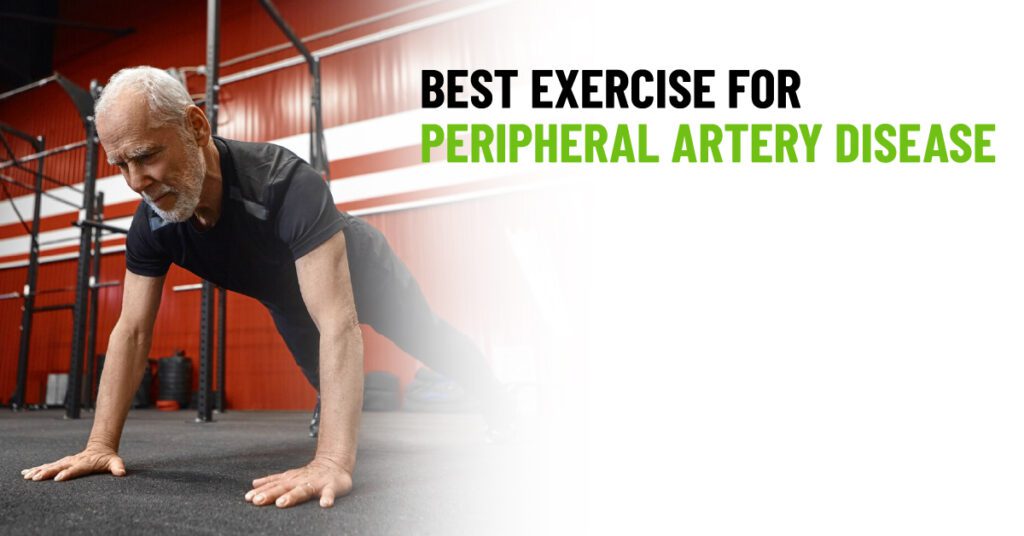Roman Chair Back Extension – Complete Exercise Guide

Also available in
We are unraveling the secrets of the Roman chair back extension exercise that packs a punch in simplicity and effectiveness. This exercise guide is about understanding Roman chair back extensions, from the very basics to practical tips that anyone can follow.
Whether you are at the start of your fitness journey or looking to enhance your routine, this guide is for a straightforward exploration of Roman chair back extensions.
So, let’s get started on this uncomplicated yet powerful fitness journey.
Benefits of Roman Chair Back Extensions
Core Strengthening
The primary focus of Roman chair back extensions is on your core muscles – the abdominal muscles, lower back, and glutes. Engaging in this exercise regularly leads to a more robust and well-defined core.
By targeting multiple muscle groups simultaneously, it provides a comprehensive and efficient workout for your midsection.
Improved Posture
The exercise strengthens the erector spinal muscles, which play a crucial role in maintaining an upright posture. As these muscles become stronger, you will find yourself standing taller and more aligned, reducing the risk of slouching and back discomfort.
Enhanced Spinal Health
The controlled movements involved in back extensions contribute to improved spinal health. By working the erector spinae along the spine, this exercise helps prevent and alleviate lower back pain. It promotes flexibility and stability, fostering a healthier spine that can withstand the demands of daily activities.
Increased Stability and Balance
A strong core is fundamental to stability and balance. Roman chair back extensions, by targeting the core muscles responsible for these functions, contribute to better overall stability.
Improved stability is not only beneficial during workouts but also translates to enhanced balance in various activities of daily living.
Calorie Burn and Weight Management
While not a high-intensity cardio exercise, Roman chair back extensions engage large muscle groups. This engagement contributes to calorie burn and can aid in weight management when combined with a balanced diet.
Prevention of Lower Back Injuries
By strengthening the lower back muscles, glutes, and hamstrings, Roman chair back extensions act as a preventive measure against lower back injuries. A well-conditioned lower back is more resilient and less prone to strains or injuries, especially during activities that involve bending or lifting.
How To Do Roman Chair Back Extension
Setting Up Your Roman Chair
Position the Roman chair so that the top of the pad aligns with your hips.
Place your ankles securely under the footpads, ensuring a snug fit without discomfort.
Steps
- Position yourself on the Roman chair facedown, ensuring your hips and upper thighs rest comfortably on the padded supports.
- Cross your arms over your chest or place them behind your head – choose a position that feels natural to you.
- In a controlled manner, lower your upper body towards the floor while keeping your spine straight.
- As you reach the lowest point, engage your core muscles.
- Using the strength of your lower back and glutes, lift your torso back up. Focus on the muscles in your lower back doing the work.
Back Extension Safety Tips
- Align the chair with your hip level and secure your ankles comfortably under the footpads.
- Avoid rapid or jerky movements, as these can increase the risk of strain or injury.
- Maintaining a neutral spine is crucial during back extensions. Avoid excessive arching or rounding of the lower back, as this can strain the lumbar region.
- Conclude your workout with a proper cool down and static stretches to aid in recovery and reduce muscle tightness.
Muscles Targeted in Roman Chair Back Extension
The Roman chair back extension efficiently engages multiple muscle groups to get a strong core and spinal strength. Here is a brief breakdown of the key muscles targeted:
- Erector Spinae: Along the spine, facilitating spinal extension.
- Gluteus Maximus: Buttocks, contributing to lower body stability.
- Hamstrings: Back of the thighs, controlling the descent and supporting the lift.
- Rectus Abdominis: Front of the abdomen, enhancing core stability.
- Obliques: Sides of the abdomen, providing rotational control.
- Multifidus: Along the spine, ensuring spinal stability.
- Quadratus Lumborum: Lower back, aiding in lateral flexion and stabilization.
- Transverse Abdominis: Deep within the abdomen, acting as a stabilizer.
Roman Chair Back Extension Alternatives
Hyperextensions on the Floor
This movement engages the erector spine, glutes, and hamstrings, providing a comprehensive lower back workout. The hyperextension on the floor is an accessible exercise that promotes spinal extension and strengthens the muscles responsible for maintaining an upright posture.
Swiss Ball Back Extension
This targets the erector spine, glutes, and core stabilizers. The Swiss ball introduces an element of instability, enhancing balance and strengthening the core. It is an effective variation that adds diversity to your routine.
Deadlifts
Deadlifts are a fundamental strength-building exercise that not only targets the posterior chain but also enhances overall functional strength.
Read more: Different Types of Deadlift Variations
Seated Back Extension Machine
This targets the erector spine, glutes, and hamstrings. The seated back extension machine provides a controlled environment for isolating and strengthening the muscles of the lower back.
Reverse Hyperextension
This variation engages the erector spine and glutes. The reverse hyperextension offers a unique challenge, promoting strength in the lower back and gluteal muscles.
Bridge Exercise
The lower back, hamstrings, and glutes are targeted during the bridge exercise. It is a straightforward yet effective movement for promoting strength and stability in the posterior chain.
Conclusion
Roman chair back extensions and their dynamic alternatives open a pathway to a stronger and more resilient core. Whether engaging in hyperextensions Roman chair back extension or diversifying your routine with other targeted exercises, the key lies in understanding the intricacies of each movement and embracing variety.
Prioritizing safety and proper form is crucial for anyone, from fitness enthusiasts to beginners.
You May Also Like To Read…
- Upper Glute Exercises
- The Ultimate Dumbbell Front Squat Workout
- Wall Pilates Workouts for Strength and Flexibility
- Reverse Clamshell Exercise: The Ultimate Core Activator
- How to Get Better at Pull-Ups
- 7-Minute Workout for Abs
References






